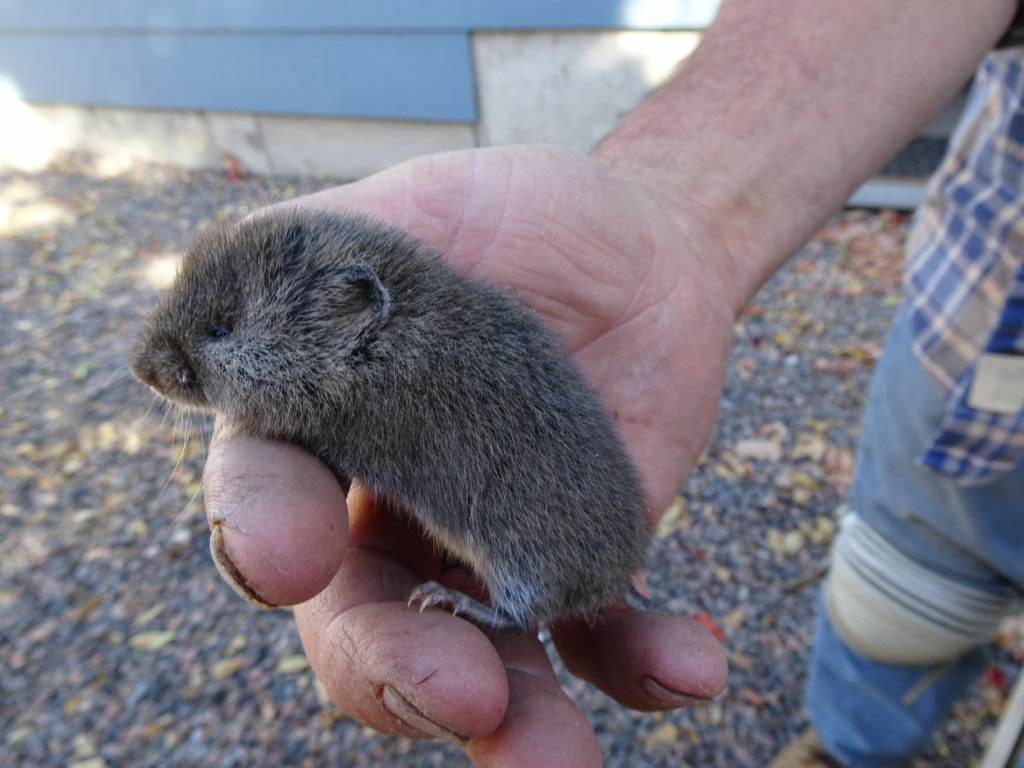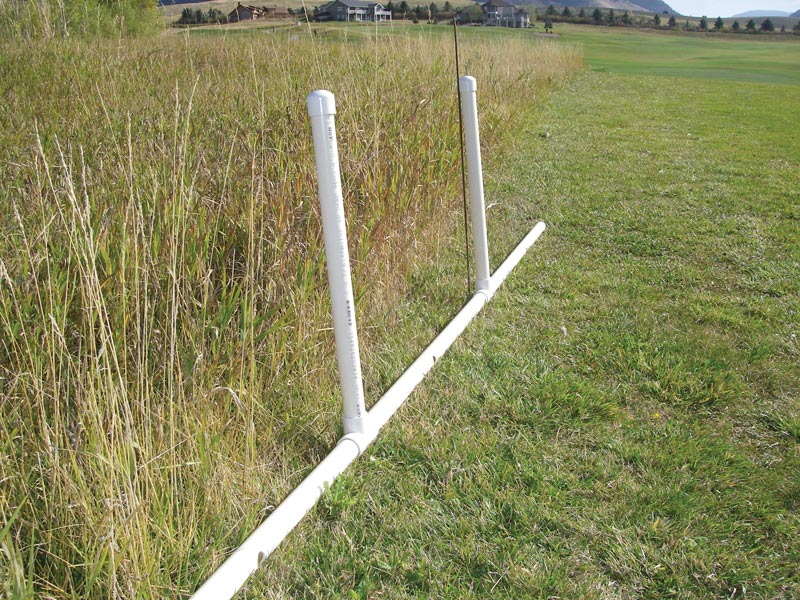Proven Vole Control Approaches to Safeguard Your Property
Proven Vole Control Approaches to Safeguard Your Property
Blog Article
Comprehensive Guide to Reliable Vole Insect Control: Problem Recognition and Therapy Techniques
In the world of reliable pest control, vole infestations pose an unique challenge that requires a calculated method. By exploring the subtleties of vole actions, recognizing crucial indicators of invasion, and examining a variety of control alternatives, one can develop an extensive method to battle these elusive insects.
Comprehending Vole Behavior
Vole actions is characterized by their delving routines and quick recreation prices, making them a tough parasite to manage successfully. Their rapid reproductive rate additional complicates control efforts, with females capable of creating multiple clutters in a single year, each having several children.
Voles are most energetic throughout the morning and evening hours, investing the majority of their time foraging for food. Their delving routines not only disrupt lawns and gardens but additionally make them testing to detect and remove. Recognizing vole habits is essential for reliable parasite control techniques. By identifying their burrow places, monitoring feeding locations, and implementing targeted control approaches, such as trapping or habitat modification, vole problems can be taken care of efficiently.
Indicators of Vole Invasion

Avoidance Methods
Executing reliable prevention approaches is essential in minimizing vole problems and protecting plant life from their harmful feeding practices (vole control). To avoid vole invasions, it is vital to start by removing possible food resources and shelter. Keep grass and plant life cut short, get rid of weeds and particles, and keep a neat garden or lawn to make the area less appealing to voles. Mounting obstacles such as equipment fabric or below ground secure fencing can additionally assist deter voles from getting in details locations. Furthermore, decreasing excess wetness by fixing dripping pipelines and making certain correct water drainage can make the atmosphere less welcoming for voles.
On a regular basis evaluating the home for signs of vole task, such as runways and tunnel openings, look at here now is crucial for very early discovery and prompt activity. Consider using repellents or traps purposefully placed near their paths if vole activity is presumed. Utilizing all-natural killers like owls or serpents can likewise help keep vole populations in check. By executing a combination of these avoidance approaches, garden enthusiasts and house owners can successfully shield their plant life from vole damages.
Non-Lethal Control Approaches
To properly manage vole populations while prioritizing humane methods, non-lethal control strategies provide sensible solutions for lowering vole damage in yards and landscapes. These obstacles can be buried at least 12 inches curved and deep at a 90-degree angle to stop voles from burrowing beneath.

Lethal Control Options
One efficient technique for resolving vole invasions in landscapes and gardens entails the calculated use dangerous control choices. When confronted with a serious vole invasion that non-lethal methods have fallen short to have, applying lethal control procedures ends up being important. One frequently used lethal control choice is making use of snap traps. These traps are made to promptly and humanely kill voles upon activation, making them a popular selection for many garden enthusiasts and landscaping companies. To increase the performance of snap traps, it is suggested to put them in areas where vole task is high, such as along runways or near burrow entrances. Another lethal control choice is the usage of poisonous baits these details specifically created to target voles. These baits include poisonous substance that is consumed by the voles, resulting in their ultimate death. Caution should be worked out when making use of harmful lures to avoid damage to non-target animals or pet dogs. Overall, when employing lethal control options, it is important to do so properly and based on local guidelines to efficiently take care of vole infestations.
Final Thought
In final thought, efficient vole parasite control needs a comprehensive understanding of vole habits, recognition of signs of infestation, execution of avoidance strategies, and use of both non-lethal and lethal control techniques. By combining these methods, people can successfully take care of vole populations and safeguard their residential property from damage. It is essential to attend to vole problems immediately to stop more concerns and lessen the effect on the surrounding setting.
Given the detailed tunnel systems and fast reproduction prices particular of voles, recognizing the signs of vole invasion becomes important in effective insect control. One of the key signs of vole presence is the existence of surface area paths or routes in turf or snow, typically about 1-2 inches broad, developed as voles take a trip in between their burrows and food sources.To properly manage vole populaces while focusing on humane techniques, non-lethal control methods provide sensible solutions for lowering vole damages in landscapes and gardens.One effective technique for dealing with vole infestations in landscapes and gardens entails the strategic use of deadly control choices. vole pest control.In final thought, effective vole parasite control needs check this an extensive understanding of vole behavior, identification of indicators of infestation, execution of prevention approaches, and use of both non-lethal and deadly control techniques
Report this page